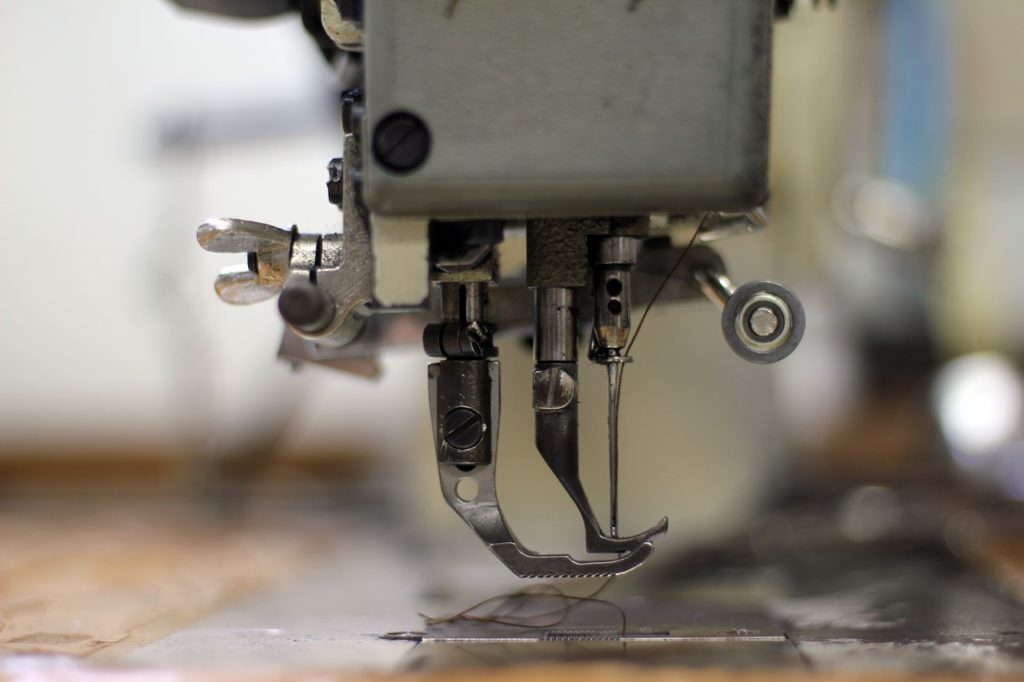Find this article on the SDG Club’s IE Connect Page HERE
Before we begin, please, I want you to check the brand of the clothes you are wearing. If they belong to a firm that is known worldwide, has relatively low or medium prices, has thousands of stores around the world or, otherwise, makes millions of international shipments, chances are that you are a victim of the phenomenon known as “fast fashion”.
Fast fashion is a term applied to designs that capture the trends of the moment, but quickly go out of fashion to make way for new collections. It is a business model that was adopted by companies producing clothing, or other everyday consumer items, which increases the number of annual collections; presenting accessible, low-quality and low-priced merchandise, which makes it transitory and, practically, disposable.
Since the concept of “fashion” was invented, the industry has been subject to four seasons -spring, summer, autumn and winter- which set the standard for designers and from which they based their designs. In recent years, however, this has changed. Today, there are approximately 52 known seasons in the fashion world. This means that brands present about 52 different collections over the course of the year, forcing consumers to constantly reinvent themselves and replace their closets on a regular basis to keep up with trends.
In the 60’s, the United States manufactured almost all the clothes sold in the country; now, about 97% of them are imported from countries such as China or Bangladesh (which export the most clothes worldwide). Within the list of countries that lead in garment exports are Vietnam, India, Cambodia, Indonesia, Pakistan, Malaysia and Sri Lanka.
But what’s wrong with having access to cheap and nice clothes, if we have the money to buy them? It seems that the benefits of fast fashion outweigh the harms (which we will discuss later). It is a highly profitable industry; materials and labor are very cheap, while daily sales are increasing by the minute.
It is clear that we do not need to have a closet full of clothes to survive. However, consumerism is an essential part of our lives and, therefore, we have the “need” to buy the latest shoes or wear new outfits every week. The balance lies in finding a middle ground. It is our responsibility as human beings to know how clothes make their way into our closets and the processes that take place so that the latest jeans reach our hands. Research, understand, and open our eyes.
Where it all happens
To meet the worldwide demand for fast fashion, goods have to be produced at unimaginable scales. For this purpose, the well-known “sweatshops” exist; workshops, mainly located in Asia, where toys, clothes, shoes and other consumer goods are produced.
People working in these places are forced to endure terrible working environments and very low wages (the average, according to a report in The Guardian newspaper, is US$96 per month, about US$3 per day). In addition to being extremely cheap, the labor force is highly experienced, as employees have worked in the same sector for decades. This benefits most fashion companies that produce their merchandise in developing countries.
Since this is a complex and extensive topic, it is important to point out that, in addition to the factors already mentioned, the industry handles other elements such as chemicals that are highly harmful to both humans and the environment. In addition, the farmers who sell the raw materials are not properly remunerated; lives are lost, land is polluted, and while a few get richer, those working the land suffer the consequences.
The fashion industry is the second most polluting industry in the world, just behind energy. Not only because of the immense amount of chemicals, water and land it requires, but also because of the high emissions of toxic gases and the distances items travel, from before they are created until they are displayed on the mannequin. Plus the waste and the immense amounts of clothes that are thrown away daily.
Likewise, the materials used to make the items do not all come from the same place; before the garment can even be sewn, the materials have already traveled thousands of miles. Worst of all, most companies are not even sure where the materials they use come from, let alone of the working conditions of the people who produce their goods.
What can I do?
The key is balance. Living a more conscious lifestyle doesn’t mean you’ll never be able to shop at the popular clothing stores, or that you’ll never wear a new piece of clothing again. Simply, the next time you go shopping for something, do it in a more informed way.
Another alternative is to buy local, directly from national businesses. This will boost your country’s economy and prevent your clothes from traveling thousands of miles unnecessarily. There are also multiple options for vintage clothing of excellent quality and original style; or, you can reinvent old clothes. There are many options outside of “fast fashion” and new ones emerge every day. Keep an eye out for other stores, explore other places and, I assure you, you will be pleasantly surprised.
Take into account the procedures that make your purchase possible and always think about what kind of business you are nurturing. Markets respond to consumption, and if the consumer does not buy from stores that harm human and natural life, they will not stand. That’s why it’s crucial that you research the business models of your favorite stores and, even if it hurts, let them go if they don’t match your principles. Give a chance to brands that are reinventing themselves and trying to build a name amidst all the chaos, while helping the planet in the process. Now more than ever, the brand you wear not only expresses your taste and style, but makes a statement about your empathy and perception of global issues.







